You’ve probably heard about AI influencers, those virtual personalities taking over social media feeds. Brands are already collaborating with AI influencers to create real impact—whether it’s boosting engagement, driving sales, or building a fresh connection with audiences.
But here’s the big question—how do you actually integrate them into your marketing? It’s one thing to see the trend and another to make it work for your brand.
The good news? You don’t need to reinvent the wheel. Plenty of brands have already paved the way, showing how AI influencers can work seamlessly to engage the audience and enhance brand identity.
In this blog, we’ll walk you through three standout examples of AI influencer marketing campaigns. By the end, you’ll have a clear idea of how to get started and why this strategy might just be the future of marketing.
What is AI Influencer Marketing?
AI influencer marketing involves using virtual avatars, powered by artificial intelligence, to promote products or services. Unlike traditional influencers, these AI influencers aren’t real people—they’re computer-generated characters designed to look and act like humans, complete with unique personalities, interests, and social media presences.
These virtual influencers are programmed to engage with audiences authentically, create content, and even build relationships with followers. Brands can use them to show products, share experiences, and interact in ways that feel just as real as human influencers.
💡 Learn everything about AI influencer marketing strategy in our detailed blog!
3 Examples of AI Influencer Marketing Campaigns
Example 1: Lil Miquela x Samsung Galaxy
In 2019, Samsung took a bold step into the future with its global digital campaign for the Galaxy S10. They introduced #TeamGalaxy, a collective of influencers, including Millie Bobby Brown, DJ Steve Aoki, pro gamer Ninja, and the AI influencer Lil Miquela.
Lil Miquela, a virtual influencer from Los Angeles, was the perfect fit for this campaign targeting Gen Z and Millennials. As someone (or something!) who literally embodies technology, she resonated with Samsung’s philosophy, “Do What You Can’t.” Miquela even named her Galaxy S10 “Samuel Phonington III,” emphasizing her playful and relatable personality.
Samsung’s goals were clear: reimagine their brand’s image, connect with younger audiences, and drive awareness. The results? The campaign generated a staggering 126 million organic views and 24 million engagements. Samsung not only made waves among Gen Z and Millennials but also positioned themselves as a brand that embraces innovation.
By integrating a virtual influencer, Samsung showcased how AI personalities can help brands stay relevant and relatable in a fast-evolving digital landscape.
Example 2: Imma x Lenovo
In Lenovo’s 2021 campaign, Yoga For All of Us, the tech giant turned to Japan’s virtual influencer, Imma, to inspire people to express their creativity and embrace their individuality. Imma, a computer-generated model known for her bold style and tech-savvy persona, was the perfect fit to represent Lenovo’s Yoga line.
This campaign featured Imma alongside human influencers with diverse hair colors, skin tones, and gender expressions to reflect the evolving concept of "normal." The goal? To highlight how Lenovo’s Yoga products cater to the unique needs of users from all walks of life.
“Imma, with her larger-than-life style and dauntless attitude, is a perfect partner for us in our quest to celebrate each customer’s uniqueness and spark their creativity,” said Xiqiao Liu, Lenovo’s Chief Marketing Officer for Japan.
The campaign didn’t just stop at creative messaging. By pairing Imma with human influencers, Lenovo showcased how AI influencers can complement traditional marketing while making the brand feel futuristic and inclusive.
Example 3: PUMA x Virtual Influencers
PUMA’s Kosmo Rider sneaker campaign takes a bold step into the future of advertising, teaming up with virtual influencers Maie (China) and Kim Zulu (South Africa). The campaign, guided by the theme “Reality Reimagined,” symbolizes the fusion of digital and physical expression.
Maie showcased the sneakers in her music video "Kosmo," connecting with Gen-Z’s exploration of digital identities. Meanwhile, Kim Zulu brought the campaign to life in a futuristic photoshoot, highlighting creative streetwear culture.
The collaboration emphasizes digital expression, allowing individuals to showcase their identities in the Metaverse and beyond. Kim Zulu, passionate about technology, sees the Kosmo Rider as an embodiment of how virtual reality and the real world are converging.
How to Make AI Influencers for Your Marketing Campaigns
To create an AI influencer, start by selecting a trusted AI influencer generator. We recommend using quso.ai’s AI influencer to create realistic and engaging avatar videos. It’s easy to use and reliable, enabling you to create customized influencers that align with your brand’s voice and vision.
Here’s how you can create AI influencer videos with quso.ai’s AI influencer:
1. Log in or Sign up for quso.ai.
2. From the dashboard, head over to the AI Influencer.
3. Next, choose the influencer for your video, pick the desired language, and input your script. If you're short on ideas, simply type a prompt, and the app will automatically generate a script for you. Then, hit "Generate Video" to bring your vision to life.
4. Voila! AI has processed your input and is now creating your video. Simply head to the homepage to view your AI influencer video.
And that's it! You can now edit your video, add subtitles, download your AI influencer video, or schedule it for social media using quso.ai’s built-in scheduling feature.
Leverage AI Influencers for Your Marketing Campaigns
Integrating AI influencers into your marketing strategy can unlock a world of possibilities, helping you stay ahead of the curve by engaging your audience in innovative ways. Now that you know how some popular brands around the world are leveraging AI influencers, you too can tap into this growing trend and level up your marketing.
Need help bringing your ideas to life? Log in or sign up to quso.ai and kickstart your content creation journey!



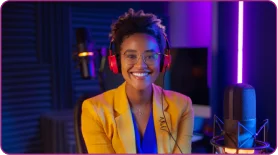


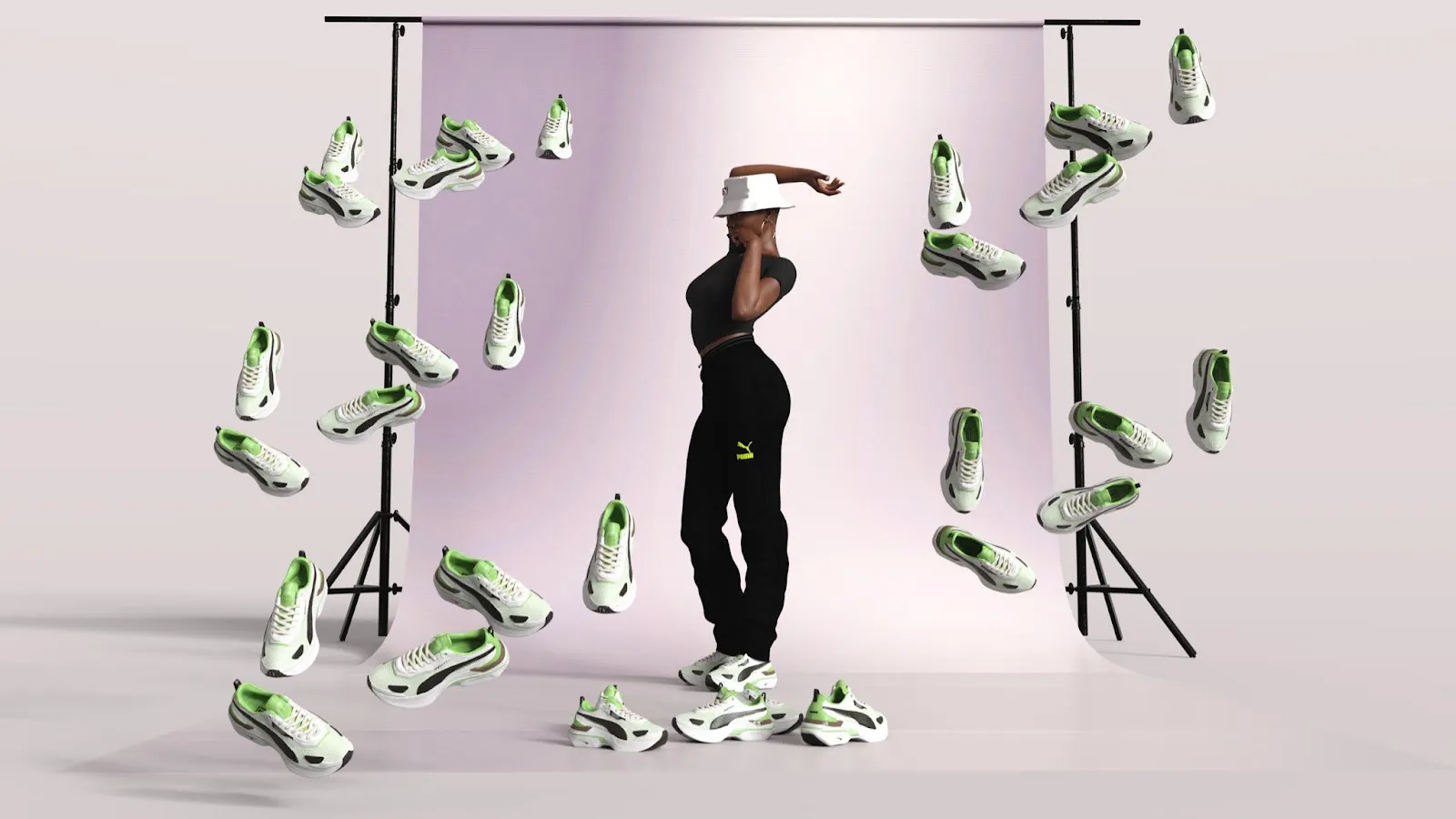
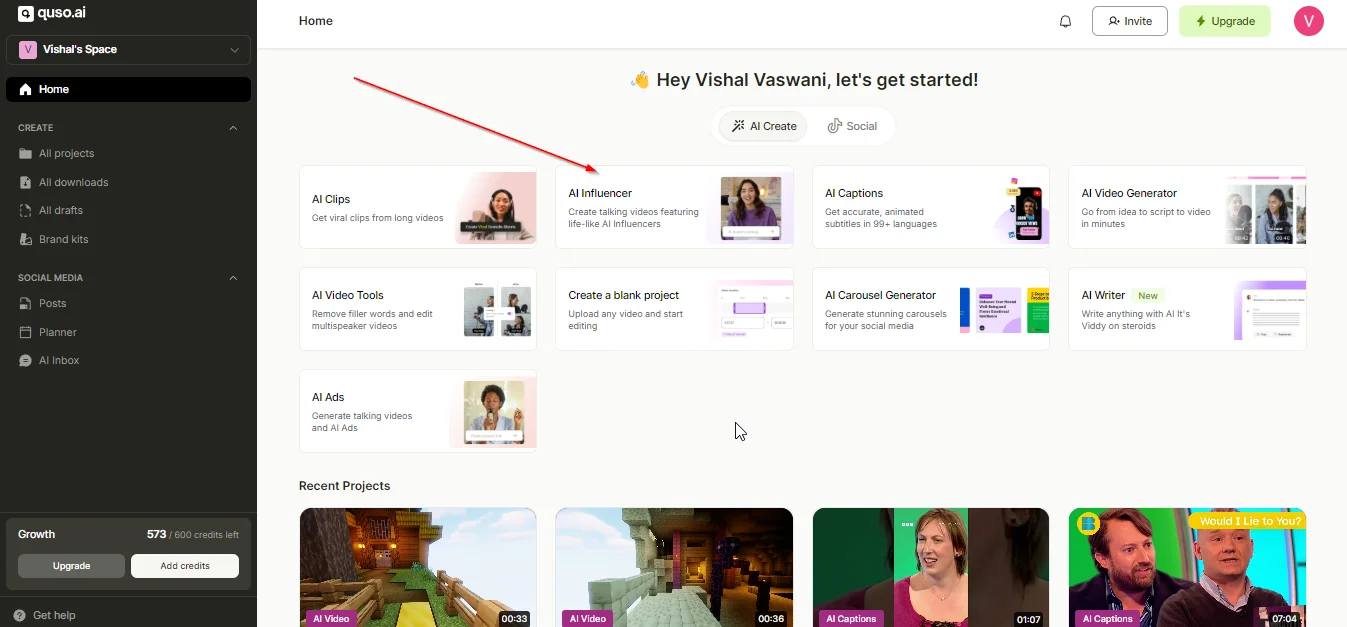
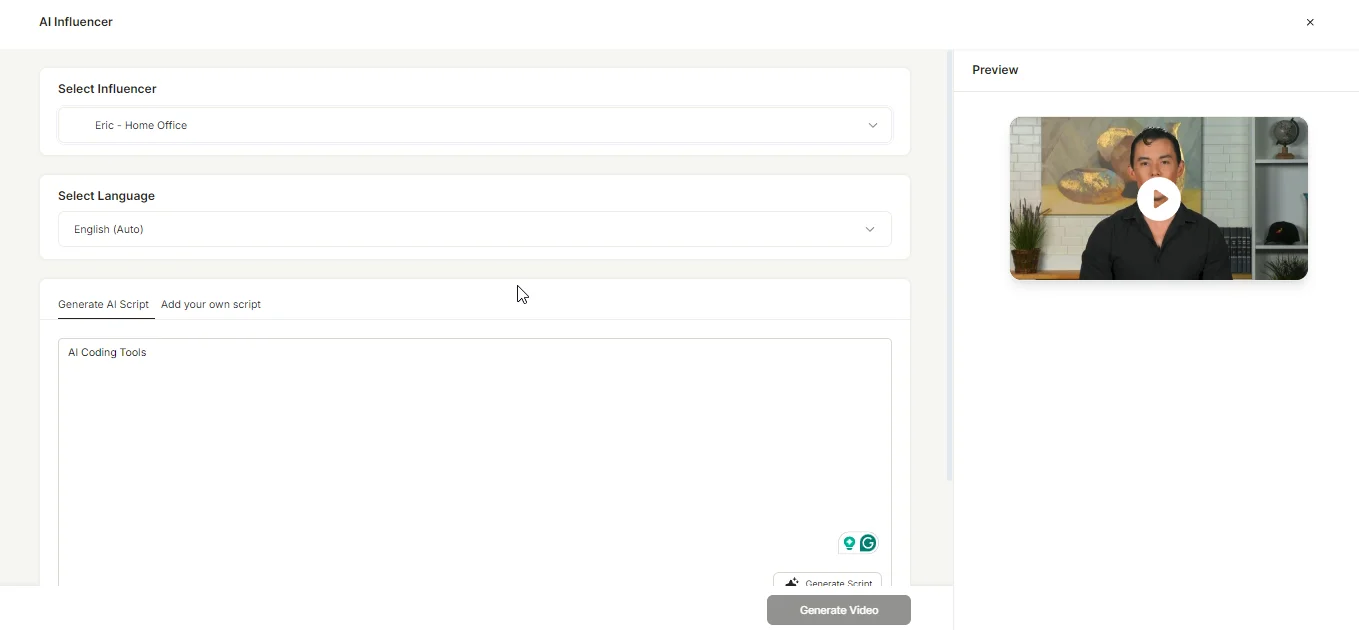
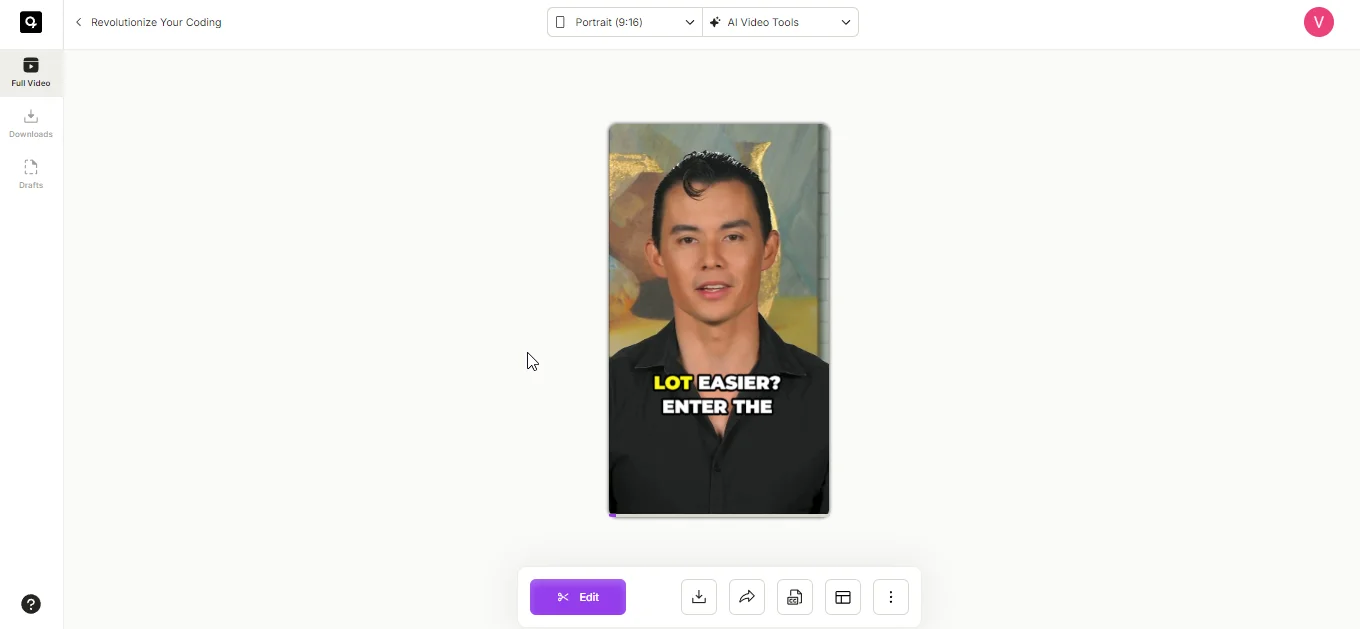
.webp)
.png)
.png)
